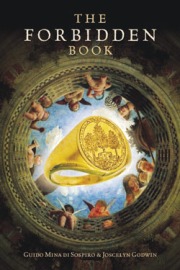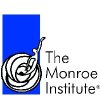
“Might we contrive one of those opportune falsehoods … so as by one noble lie to persuade if possible the rulers themselves, but failing that the rest of the city.”
– Plato in The Republic
“If you read it, you will be infected. If you are infected you will be InFicted. If you are InFicted, you will get UnFucted. “
– Joseph Matheny
Those who entered the digital world in the late 80’s and early 90’s were introduced to a nearly unfathomable host of possibilities for media and creativity. DVD’s offered the potential for integrative experiences that tracked user preferences and allowed for multiple story formats which changed with each viewing based on previous use, virtual reality models held the possibility for turning these experiences fully immersive, cell phones and wireless technology promised an unthought of openness to it all, and the internet allowed everyone to dream of a fully connected, creative global conversation that synchronized each aspect into a beautifully coordinated whole. Looking back on those dreams in light of growing concerns over surveillance, advertising, neuromarketing and the like one might wonder what happened to turn the dream into a lousy cold war sitcom.
It was a recent note from my friend Joseph Matheny that shuffled the dust around in my memory and made me realize that my current experience with technology isn’t quite as conducive to creativity as promised. Matheny is about to begin a series of classes for University of California – Santa Barbara (Click Here for More Information) that will cover the basics of multimedia and transmedia production, and I was glad to hear that his insights were going to be available to creatives coming into the field at a serious level. Hopefully it will bring some focus back to what these tools were intended for originally in the minds of their creators.
As one of the early pioneers in multimedia, his alternate reality game Ong’s Hat has become a reminder of what is possible with today’s technology, and a kick in the ass to today’s creatives that are allowing this potential to be misused, abused and denigrated by marketers and media corporations. Matheny’s vision of transmedia production doesn’t end with a shiny bit of intellectual property, it ends with reformatting the mytho-poetic infrastructure of consensus reality.













